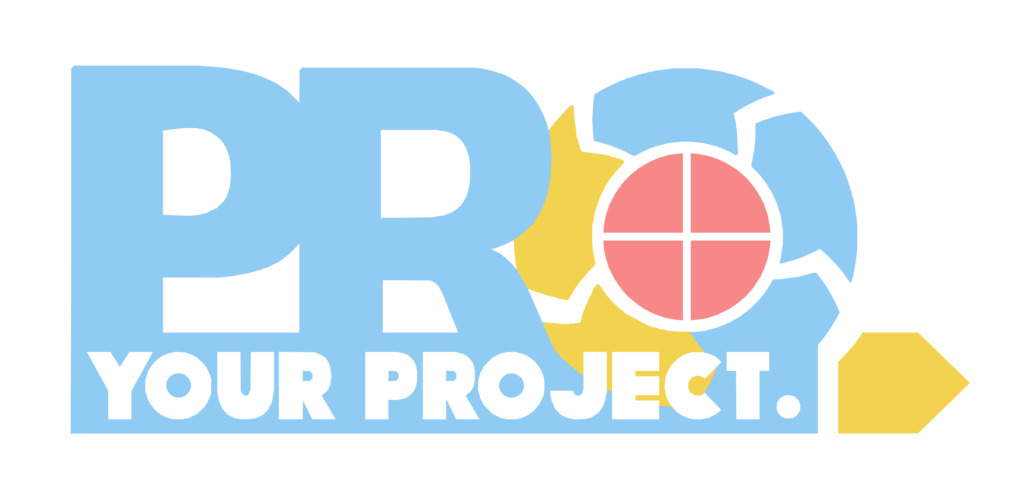Defining the project scope is one of the most critical concepts in project management. It serves as your project definition – it is the whole point behind why the project is being done. Whether you’re managing a small team project or a complex enterprise one, getting the scope right is essential to stay on track, within budget, and delivered on time.
What is the Project Scope?
Think of the project scope as the borders of your project map. It defines what’s included in your project and—just as importantly—what’s not. This clarity ensures that everyone involved knows exactly what the project will deliver and where the boundaries lie.
Here’s why it matters:
- Without a clear scope, you risk scope creep—those little additions to the project that can derail your timeline and blow your budget.
- A well-defined scope sets expectations for your stakeholders, your team, and even yourself as the project manager. It’s your north star for decision-making throughout the project lifecycle.”
Bottom line: If you don’t define your project scope upfront, your project is like a ship without a rudder—drifting aimlessly!
How to Define the Project Scope
Defining the project scope is a fairly linear process with four key steps:
1. Requirements Gathering:
This is where you roll up your sleeves and talk to stakeholders. What do they need? What are their expectations? Use tools like interviews, surveys, or brainstorming sessions to gather detailed input. The more specific, the better.
2. Define Your Project Objectives:
Once you have your requirements, it’s time to get crystal clear on your project’s objectives. Ask yourself, ‘What does success look like for this project?’ Your objectives should be SMART—Specific, Measurable, Achievable, Relevant, and Time-bound.
3. Specify Deliverables:
These are the tangible outputs of your project. For example, if you’re managing a website redesign, your deliverables might include wireframes, a content migration plan, and the final live site. Write them down and share them with your team and stakeholders.
4. Identify Exclusions:
Equally important is clarifying what won’t be included. This can save you from a lot of awkward conversations down the line. For instance, if content creation isn’t part of your website redesign project, make that clear upfront. It’s better to over-communicate now than to face misunderstandings later.
Scope Statement and Management Plan
Now that you’ve defined your scope, it’s time to put it all into a scope statement.
A scope statement is like your project’s blueprnt. It provides a detailed description of:
- Your objectives.
- The deliverables.
- The exclusions.
Get a copy of an example scope statement here: Example Scope Statement.
Once your scope statement is ready, you’ll use it to create your Scope Management Plan. This plan outlines how you’ll manage and control your scope throughout the project. It includes processes for:
- Handling scope changes.
- Keeping stakeholders aligned.
- Preventing scope creep.
Some tools you can use to manage the scope are:
- Decision and Change logs: document the decisions and changes to a project
- Change order/request: formally authorizes the change
- Risk register: this will be updated with any risks associated with the change
To wrap up – the project scope clearly defines the things that are included and excluded in a project. The scope is an absolutely necessary component to any project if you want it to succeed.
Photo by Jakub Żerdzicki on Unsplash


0 responses to “Understanding Project Scope: Importance and Process”